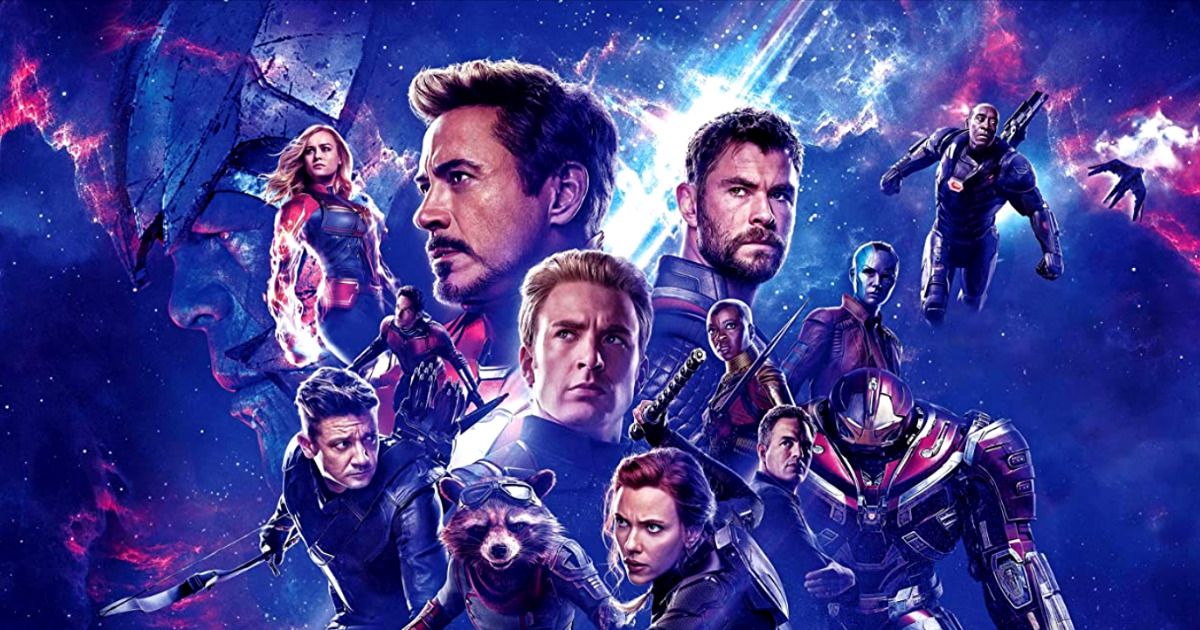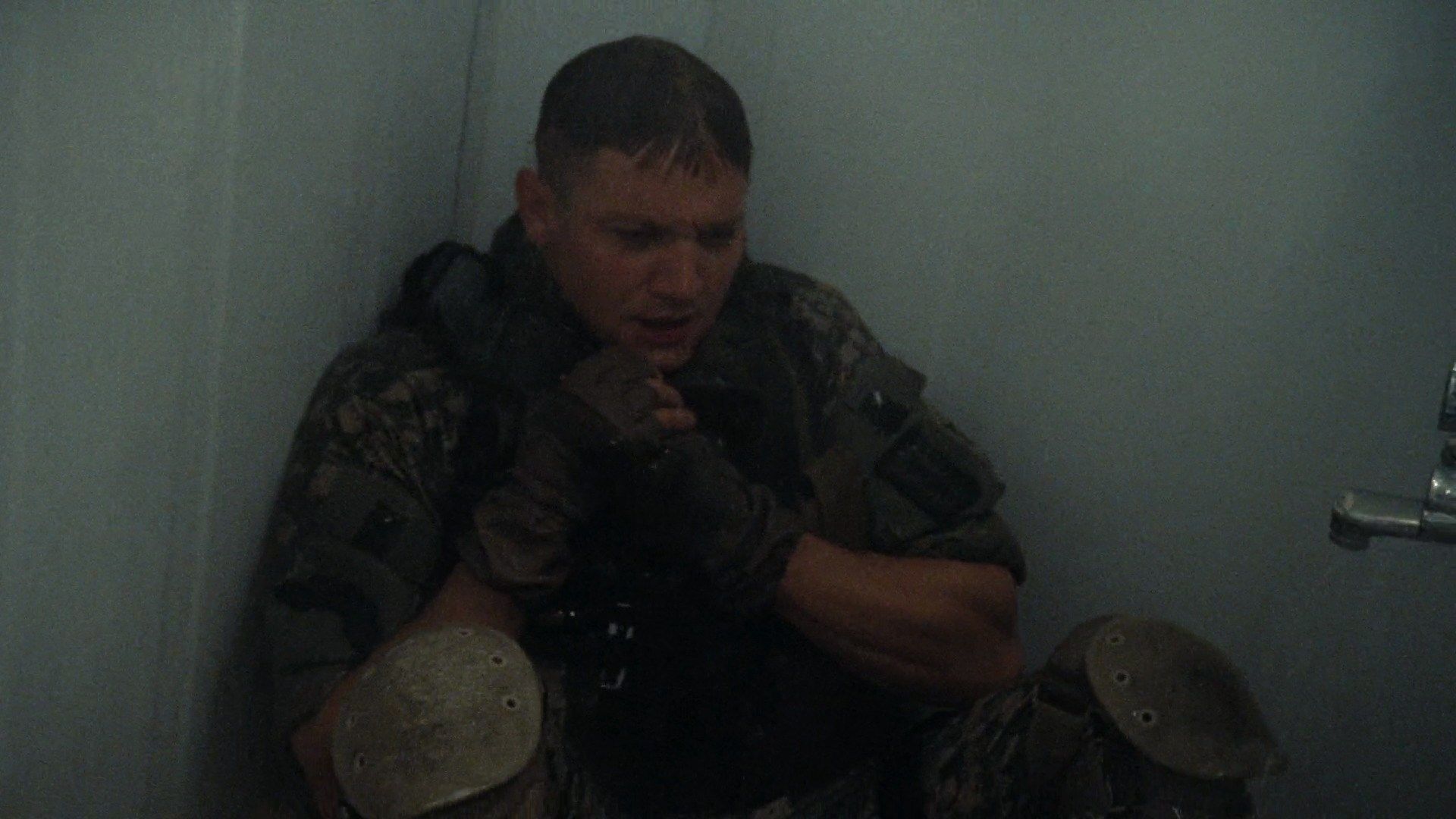The Marvel Cinematic Universe, which officially commenced in 2008 with the first Iron Man film, has become so commercially and culturally ubiquitous that it is easy to forget that many of its stars were already well-known even before they made their MCU debuts. In the case of actors Jeremy Renner and Anthony Mackie — who play Clint Barton (a.k.a. Hawkeye) and Sam Wilson (a.k.a. Falcon/Captain America), respectively, in the MCU — their profiles were already high in 2008 due to their starring roles in The Hurt Locker. The Hurt Locker tells the suspenseful story of a small squadron of American soldiers deployed in Iraq, who are tasked with defusing and disposing of explosive ordnance planted by insurgents.
The Hurt Locker dominated the 2010 Academy Awards, winning six awards, including Best Picture and Best Director, the latter of which made Kathryn Bigelow the first woman to win the award. It also earned Renner an Oscar nomination for Best Actor. However, the film also elicited strong criticism from veterans of the Iraq War, including many bomb disposal experts, who claimed that its characters and storyline were grossly unrealistic. Nevertheless, if nothing else, the film provides a fascinating sneak peek of the chemistry that Renner and Mackie would display seven years later in the MCU in Avengers: Age of Ultron (2015), their first joint appearance in the MCU.
A Tense and Volatile Partnership
Avengers fans watching The Hurt Locker might be taken aback by the relationship between Mackie and Renner in the latter. Despite ostensibly being on the same side, Sergeant First Class William James (Renner) and Sergeant JT Sanborn (Mackie) consistently find themselves at odds during their missions. The primary cause of their conflict is James’ insistence on defusing bombs himself without adequately communicating with his compatriots, sometimes even removing his headset or detonating a smoke grenade to prevent them from seeing or talking to him.
Taking Sanborn’s side, James’ maverick and reckless approach was extremely controversial among Iraq War veterans, many of whom saw the film’s portrayal of their work as unrealistic and even disrespectful. According to a review by the Air Force Times, for example, several veterans of bomb squads in Iraq characterized the film as “grossly exaggerated and not appropriate” and asserted that a person with James’ “run and gun cowboy” attitude would never be put in charge of a bomb squad in the real world.

Related
25 MCU Actors’ Best Performances Before Marvel
Let’s look at the greatest performances and films from 25 actors before they were big stars in the MCU.
On the other hand, The Hurt Locker‘s unrealistic depiction of combat could in and of itself be read as a kind of commentary on how many American civilians viewed the Iraq War. Given the prevalence of gung-ho “tough guy” protagonists in the history of American war movies — especially those played by actors like John Wayne and Sylvester Stallone — William James’ personality would certainly not be unfamiliar to an American audience.
But, unlike many of these war movies, which glorify the badass and hyper-individualistic nature of their main characters at the expense of their strictly by-the-book counterparts, The Hurt Locker frames James’ conduct as dangerous and unprofessional. We see several scenes in which James directly endangers the lives of his fellow troops, including one instance where one of James’ foolish escapades leads to the third member of James and Sanborn’s team, Squadron Specialist Owen Eldridge (Brian Gegharty), being captured and nearly killed by local insurgents.
Veterans are certainly correct that someone like William James would never be allowed on a combat mission. But perhaps the point of The Hurt Locker is to show us why we should be grateful they aren’t.
The Difficulty of Coming Home for Veterans
The psychologial turmoil experienced by veterans when coming home from service is a popular storyline for Hollywood, being the primary focus of Best Picture winners The Best Years of Our Lives (1946) and The Deer Hunter (1978), not to mention other acclaimed films like Coming Home (1978) and Thank You for Your Service (2017). Despite taking place almost entirely in Iraq, The Hurt Locker touches on this very theme in its ending, in which James returns home from Iraq to re-unite with his ex-wife (Evangeline Lilly) and their baby son, only to find the seemingly simple task of selecting a box of cereal from the aisle of a grocery store daunting and agonizing.
Despite its generally negative reception among veterans, the grocery store scene is the one portion of The Hurt Locker that rang true for many of them. For example, James Clark of Task & Purpose described this scene as by far the best and most relatable scene in the entire film and found it resonant with his own experience returning home from deployment.
.jpg)
Related
The Best Movies About PTSD and Veterans
Many people returned from war irrevocably changed, and these powerful movies explore the PTSD so many soldiers suffer from.
This scene is also notable for allowing the audience to see him in a different light. Prior to this point, Renner played a character who is overall not terribly different from the character he would later play in the MCU: tough, stoic, courageous, and a little hotheaded. But, in the grocery store, James displays vulnerability and fear, two emotions that are not as heavily associated with Hawkeye. As brief as it is, it is not unreasonable to suppose that Renner’s wordless but emotionally powerful facial performance in this scene might have contributed the most to his receiving an Oscar nomination more than any other.
In closing, while The Hurt Locker may not be for everyone, it is certainly likely to interest Avengers fans, lay Oscar historians, or war movie buffs (who are tolerant of historical inaccuracies). It is available to be streamed for free on Amazon Prime Video and Plex.
Source link


















Add Comment